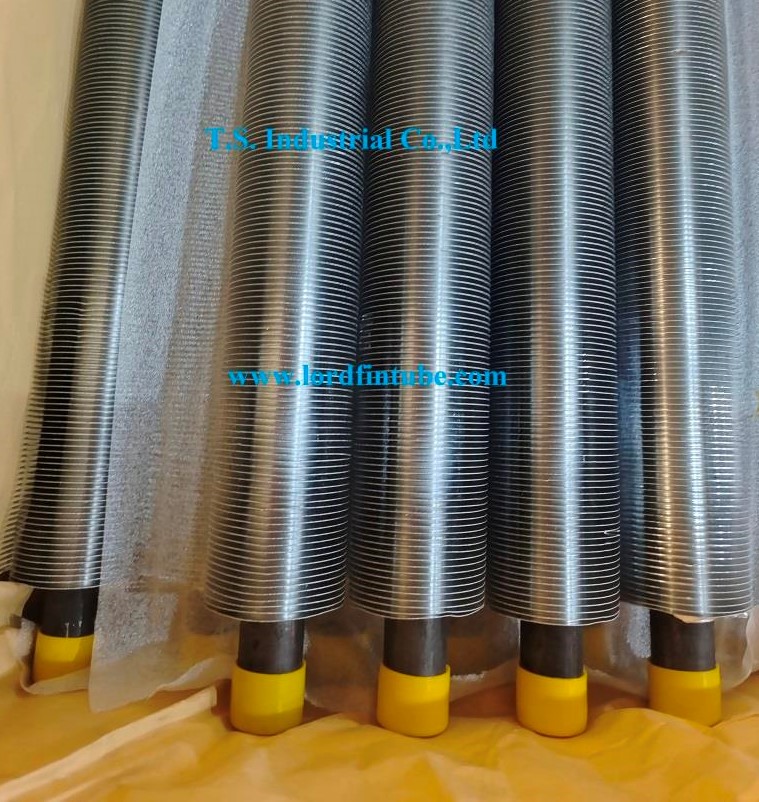Lord Fin Tube-Fin spacing of finned tube heat exchanger
Enhancing Efficiency in Finned Tube Heat Exchangers: The fin spacing and height in finned tube heat exchangers play a crucial role in optimizing the heat transfer process.
Factors Influencing Heat Transfer Efficiency
1. Finning Ratio and Heat Transfer Coefficient:
- The finning ratio directly impacts the film heat transfer coefficient of the medium inside and outside the tube.
- For a significant disparity in heat transfer coefficients (e.g., steam heating air), a finned tube with a higher finning ratio is preferred.
- In cases of phase change on one side, such as cold and hot air exchange, the difference in coefficients is more pronounced, necessitating a higher finning ratio.
2. Phase Change Considerations:
- When hot air drops below the dew point, using a finned tube heat exchanger becomes advantageous.
- For air-to-air or water-to-water exchanges without phase change, bare tubes or low-fin tubes are generally more suitable due to their lower heat-supply coefficient. However, even low-fin tubes can enhance efficiency modestly.
3. Optimal Fin Pitch:
- Fin pitch should account for dust accumulation, ease of cleaning, and pressure drop requirements.
- Proper tube-to-tube distance, typically more than 1mm, is essential for effective heat transfer.
Air Flow Dynamics and Tube Arrangement
Air Penetration and Heat Transfer:
- When air flows through a finned tube heat exchanger, heat exchange primarily occurs on the fin sides.
- Minimal air penetration between finned tubes is critical to prevent cold air from neutralizing heated air, which reduces efficiency.
- Foreign designs often have tube spacing only 0.5mm larger than fin outer diameter, emphasizing the importance of tight spacing.
Tube Arrangement:
- Tubes should ideally form regular triangles to ensure uniform heat transfer without dead angles.
- Avoid isosceles triangle or square arrangements unless specific conditions require them.
Pressure Drop Considerations
- The design must carefully balance the ratio of narrow-gap flow surface to windward surface to optimize pressure drop.
- Calculations for air mass flow rate and dynamic viscosity of air are crucial for designing an efficient heat exchanger.


